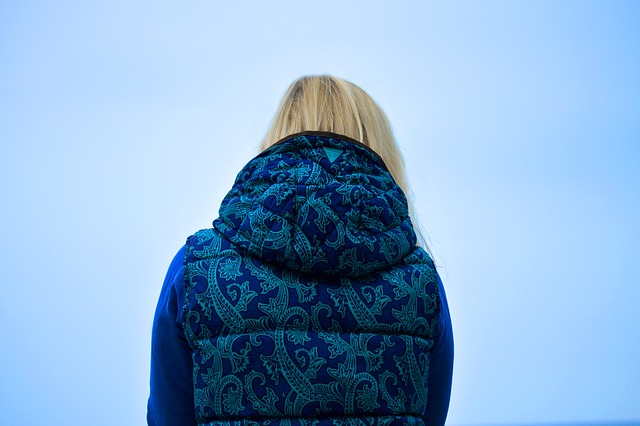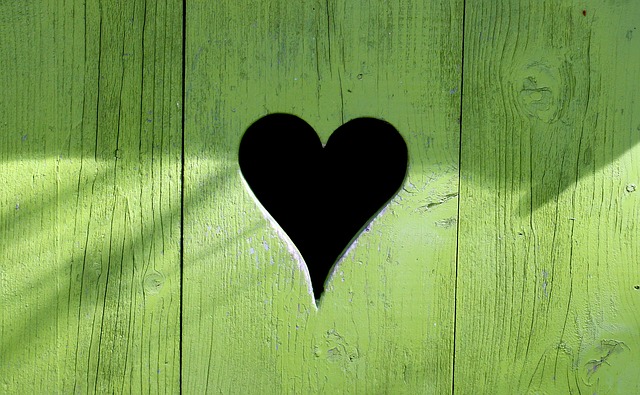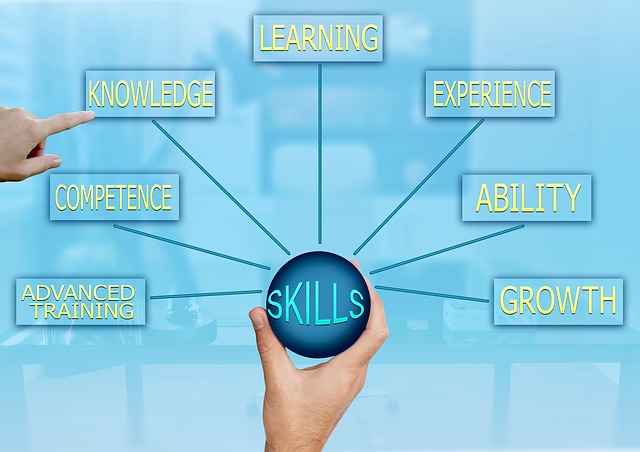In the previous post I discussed Tara Brach’s presentation on vulnerability and intimacy and ways to overcome our defence mechanisms. In this blog post, I want to focus on becoming vulnerable to improve two aspects of our lives – our contribution and our relationships.
Vulnerability is universal
Vulnerability is “part and parcel” of being human. When you think about it most people you encounter in life will have experienced at least one trauma – a significant frightening or disturbing event – in their life at one time or another. A traumatic event may take many forms and people will react differently to varying events such as the death of a child, partner, parent, sibling or friend; the break-up of parents through divorce; a major car or workplace accident; loss of a job; experience of chronic illness and/or pain; severe financial difficulties resulting in the loss of a home; break-up of an intimate relationship; a period of mental illness; addiction to drugs or alcohol; or any manner of distressing events.
Tara makes the point that “the more wounding there has been, the greater are the defences”. We each have been wounded at some time through various events, traumatic or otherwise, that have intensified our sense of being vulnerable and precipitated our defence mechanisms designed to protect us from such vulnerability. Ian MacLaren recognised that everyone experiences vulnerability when he wrote, “Be kind, for everyone you meet is fighting a hard battle”.
Because of our past experiences, we may feel afraid to speak up, to take part in a group activity, to perform publicly, to engage in conversation or to give positive feedback to another person. We may feel that we will be rejected, laughed at, or cut out of a group. We might be concerned about experiencing embarrassment, lack of control or overt emotions expressed as tears.
How we hide our fear of being vulnerable
There are many ways that we can camouflage our fear of being vulnerable such as:
- excessive criticism of others, constant judging (people never measure up to our expectations)
- projection of our own fears or anxiety onto others (“they are too fearful or lack courage”)
- aggressive emotions such as anger, blame (fight behaviour)
- withdrawal through depression (flight behaviour)
- inertia (freeze behaviour)
- overcontrolling others
- overconsuming – food, social media, goods and services, drugs
- hiding behind a mask/role – being the boss, the helper or the victim
The problem is that these ways of hiding our feelings of vulnerability are often subtle, elaborate, sub-conscious and developed over long periods of time. It takes a concerted effort and continuous training to be able to identify our defence mechanisms and overcome them through sustained, focused attention in meditation.
Being vulnerable to improve our contribution
Tara at one stage in her presentation tells the story of how a disturbed teenager’s life turned around when he heard a monk sing a song both loudly and off-key in front of an audience. He was taken with the courage required by the monk to do that and make a “fool” of himself. The monk showed bravery by placing himself in a potentially embarrassing situation.
I previously recounted a similar story of coach Mo Cheeks (who could not sing in tune) getting up in front of thousands of people at a NBA playoff and helping a 13 year old girl complete the national anthem after she was overcome with nerves.
Both these stories illustrate the power of being vulnerable (overcoming our natural defence mechanisms) to make a contribution to others and the community generally. Mo’s action, for instance, has been a source of inspiration for more than half a million people who have viewed the video of his compassionate intervention.
Improving a relationship by being vulnerable
Tara tells another story of a mother who was feeling very vulnerable because her daughter had become addicted to heroin and was continuously in and out of treatment centres for her addiction. The mother hid her sense of powerlessness and being vulnerable by her angry, blaming and controlling behaviour towards her daughter. Through psychotherapy the mother was able to let go of her defences and need for control and provide compassionate support for her daughter – to be with her daughter in her struggle, trusting in her daughter’s own wisdom to break free of the addiction.
The daughter did succeed and overcame her addiction and the mother and daughter built a deep relationship through this mutual experience of vulnerability. The mother was able to overcome her defence mechanisms to provide constructive support that enabled her daughter and the relationship to move forward.
A meditation on vulnerability
In her presentation (at the 35.45-minute mark), Tara provides a basis for reflection on your own sense of vulnerability and how it is impacting your relationships. She suggests you focus first on a relationship that you want to improve in terms of closeness or one that is bogged down in a pattern of behaviour that is not constructive. The focal relationship can be with anyone – life partner, friend, child, sibling or work colleague.
The reflection then revolves around exploring the ways that you are creating separation through your own thoughts and actions. Tara provides some questions to explore how your vulnerability is impacting the relationship:
- in what ways are you protecting yourself in these interactions?
- are you judging the other person?
- are you projecting on the other person some expectation of how they should be?
- are you withholding yourself and pretending to be who you are not?
- are you trying to impress the other person by constantly explaining how good you are at some endeavour or how much better your trip or experience was?
- are you operating from a low level of trust of people generally?
Once you have addressed these questions, the process then involves getting in touch with how you feel in your body when you are defending yourself – are you uptight?; does your face reflect your intensity?; are you physically rigid?; or are you looking distracted (as you search for a self-protective response)?
You next ask yourself how would you manage if you let go of one or more of your defences in your interactions with this person – how will you need to feel differently? A visioning question can be helpful here – “What if I reduce my armour, what will our interaction be like and how will I cope with being seen to be flawed or being rejected or looking foolish”? You can ask yourself, “How likely is it that these outcomes I fear will actually occur?”
The final step is to face your fear and sense of being vulnerable, acknowledge it and use your breathing to bring it under control. You can adopt a mindful breathing approach, deepen your in-breath and out-breath or envisage the fear as you breathe in and envisage its release as you breathe out.
As we grow in mindfulness through noticing and managing our vulnerability through meditation practice, we can open ourselves up to more creative contributions to our community and to deeper and more meaningful relationships. As the defence barriers we construct begin to come down or weaken, we are able to free up our creative abilities and let people into our life.
____________________________________________
By Ron Passfield – Copyright (Creative Commons license, Attribution–Non Commercial–No Derivatives)
Image source: courtesy of geralt on Pixabay
Disclosure: If you purchase a product through this site, I may earn a commission which will help to pay for the site, the associated Meetup group and the resources to support the blog.









